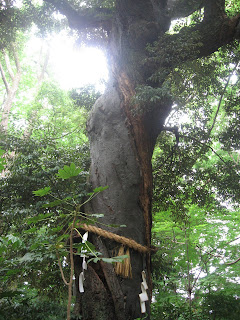
Nagasaki observed the 63rd anniversary of its atomic bomb on Saturday August 9th. 90 year old Kimiko Moriyama is an atomic bomb survivor and former music teacher.
When she saw and heard the B-29 bomber in the sky she ran for shelter to a soy sauce shop. She was however struck and impacted by the explosion.
She later learned that 1,400 teachers and students in her school died as a result of the bomb. 15 days after she was exposed to the radiation her hair began to fall out. She had a high fever and lost consciousness. Her doctor counseled her mother to make arrangements for her funeral. However, she did revive after New :Years Day in 1946
In 1948 she was able to return to her teaching. In 1992 she had a stroke which left her almost unable to speak. She then entered a Catholic nursing home and was baptized into the Catholic Church.
Even though she could barely talk she practiced singing every day for 15 minutes singing hymns. In time she was able to sing and speak. Nevertheless, the left side of her body remains paralyzed.
She signed up to sing in a peace choir for the 63rd anniversary ceremonies along with other survivors. She says she wanted to "tell my deceased students that I'm living not only my life but theirs too." She sang in the choir for herself and her students. She reports, "our songs surely reached heaven."
It is hard to comprehend why a second atomic bomb was dropped three days after devastating Hiroshima.
We are thankful for the life of Kimiko Moriyama and her continuing commitment to her students and to peace.














































